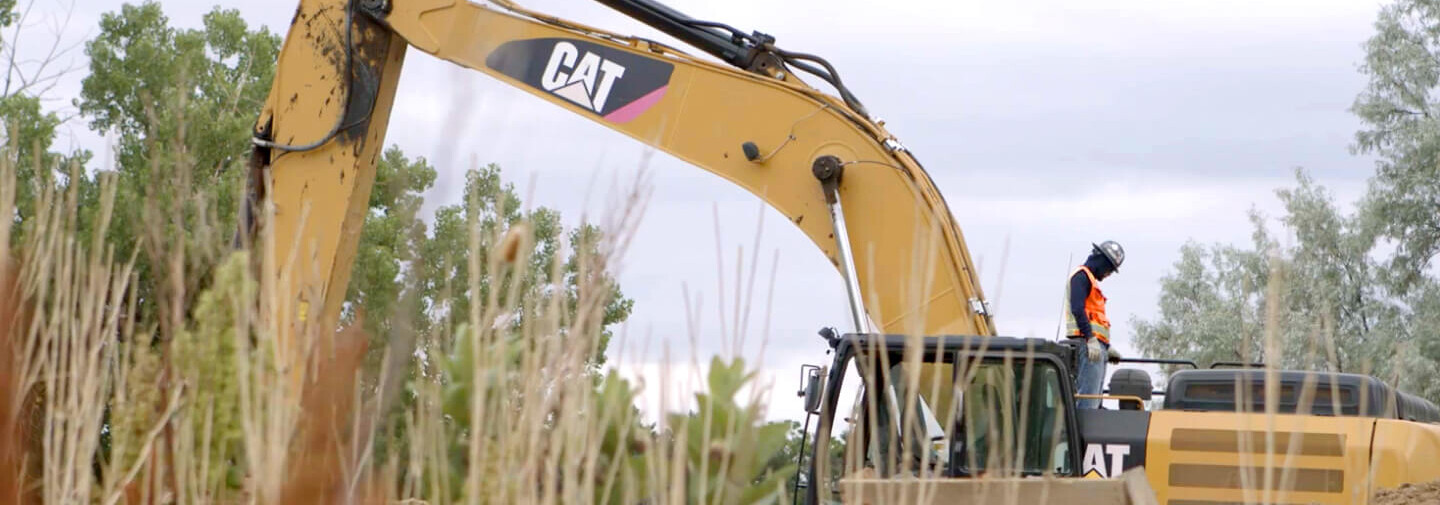We know that communication is key in the field. Teams must be assured that they are working with the latest information, so they don’t have to remove and replace their work. When time is money, how construction businesses utilize their resources, monitor and control costs, and communicate and collect field data can make all the difference in driving profitability.
In Part 1 and Part 2 of this series, we covered effective cost management and why optimizing how you utilize resources can improve both productivity and profitability. This article will explain why having quick access to field data is imperative to mitigating risk, and the role technology can play in providing this in real time.
Impacts of incorrect field data
Lack of up-to-date information can lead to errors, rework, and claims, all of which affect profitability. According to Autodesk and FMI, 52% of rework is caused by poor project data and miscommunication. Added costs are incurred when teams don’t have the correct information when they need it, leading to potential claims and lawsuits, which further cut into a company’s profits.
Without clear and effective communication, the team can get bogged down performing administrative or nonbillable activities to keep the project moving and distribute the information everyone needs. Construction professionals spend 35% of their time on non-productive activities, including looking for information, conflict resolution, and dealing with mistakes and rework.
Out of scope work may get lost in the shuffle and left unaccounted for, leading to higher costs and reduced margins.
Status of field data use
Teams should have the capability and accessibility to gather information on the following:
- Workers and equipment on site at a given moment
- Safety incidents and documentation
- Changes to scope of work and client approvals
- Amount of rework caused by internal errors
- Progress updates
Evaluating these areas means that businesses can get the right workers, to the right jobs, at the right time. The Profitability Checklist is an excellent tool for businesses to audit how they collect information around resource utilization, managing field data, and the costs associated with both. When thoroughly assessed in this way, companies can identify gaps. These gaps point towards areas that could benefit from optimization to support further profitability.
How technology can help
Technology allows teams to collect and capture data and share it in real time so that businesses are more equipped to adapt to changes. When data is made more accessible through technology as a single source of truth, construction companies can trust that everyone on the team is working with the most up-to-date information. Moreover, they can also look back on past activity and take corrective action when needed. This creates the opportunity for teams to use this data to analyze and identify trends and take proactive action to avoid delays and added costs. All of this works to support businesses in making better decisions, ultimately improving their bottom line.
“We have easily saved 6 hours over the course of the week in the collection and processing of timesheets.”
Arron Dendle, CJ’s Demolition
Assignar can capture field data in real time, provide insights when needed, and close the information gap from field to office. The result? More control over the moving parts that affect profitability. To see it in action, schedule a demo.





